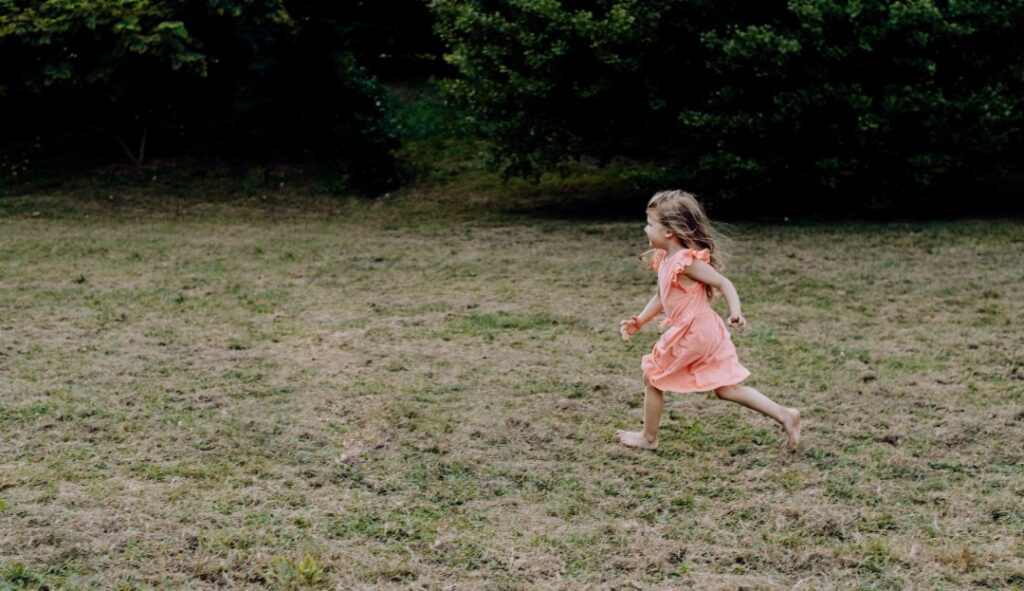Parents like us have often experienced our kids with autism having no sense of danger.
Below we explore this struggle and provide some tips on how to manage it.
Autism and knowing danger
One of the concerns that many parents of autistic children face is when their behaviour places them in danger.
This can be a source of great worry, but it’s important to remember that this behaviour is not uncommon.
Below, we aim to shed light on why some autistic children have no sense of danger.
We also provide guidance on how parents can navigate this aspect of their child’s development.
Understanding ASD
Autism Spectrum Disorder, or ASD, is a neurodevelopmental disorder that affects how a person perceives and interacts with the world.
It’s crucial to recognise that autism is a spectrum, meaning that individuals with ASD can have a wide range of strengths and challenges.
One of the challenges that some autistic children face is difficulty in understanding and responding to potentially dangerous situations.
Here are some potential reasons why:
Sensory factors
Many autistic children have unique sensory experiences.
They may be hypersensitive to some stimuli while hyposensitive to others.
This means that they might not react to certain cues that signal danger to neurotypical individuals.
For example, they may not react to a loud siren or a sudden change in temperature.
At the same time if they are hypersensitive to things like noises they can be easily startled.
It may not be that they aren’t aware of the danger, it’s that it is a lower priority to them compared to the noise.
Understanding social cues
Autistic children often struggle with interpreting social cues and understanding the intentions of others.
This can make it challenging for them to recognise when someone is trying to warn them about a dangerous situation.
Or additionally when they should ask for help.
An example would be if someone was paying attention to a nearby danger, an autistic individual may not notice it.
Intense focus
Autistic children frequently have intense special interests that capture their attention.
When immersed in these interests, they may become so absorbed that they lose awareness of their surroundings and potential dangers.
This could be a child playing with a ball by a road. They are so engaged with the ball that they don’t sense the danger of the cars.
Communication struggles
Some autistic children have difficulty expressing their needs and concerns verbally.
This can make it hard for them to communicate when they feel unsafe or when they encounter a risky situation.
It can also mean that when they are being warned of a danger, they haven’t fully understood the message.
What can parents do?
Here are some tactics or ideas to consider;
Teach safety skills visually
Break down safety rules into simple, visual steps that your child can understand.
Use visual aids, social stories, or role-playing to help them learn what to do in various situations.
These images could have simple red crosses and green ticks alongside to make the messaging clear.
Make home as safe as possible
A lot of the dangers we have referenced so far are outside of the home, but there are plenty inside also.
Ensure your home is a safe space by childproofing and removing potential hazards.
Use locks, gates, and safety measures to reduce the risk of accidents.

Create routine
Autistic children often thrive on routine and predictability.
Establishing consistent daily routines can help your child feel secure and reduce the likelihood of risky behaviours.
An example of this would be to have your child hold a pram (if you are using one) while you are out walking.
This consistent attachment may turn into a routine which will improve safety.
Try and teach social skills
Consider enrolling your child in social skills training programs that can help them better understand social cues and interactions.
These programs can be invaluable in teaching them how to navigate the social world safely.
Have a look on local special needs forums or perhaps speak to your child’s school.
Consider alternative ways to communicate
Foster open communication with your child in whichever way you can.
Encourage them to express themselves, even if it’s through non-verbal means like gestures, pictures, or communication devices.
This can help you convey your concerns and feelings more effectively.
Consider physical measures
There are various options available on the market to try and keep your child safe.
Depending on their age and your preference you could consider an option such as reins.
Or linking back into the idea of holding a pram, you could add a standing board for them.
Summary – Autism and no sense of danger
Raising an autistic child comes with its unique set of challenges, but it’s essential to remember that you are not alone on this journey.
Understanding why a child with autism may have no sense of danger is the first step towards helping them navigate the world safely.
With patience and appropriate support, you can help your child to develop essential safety skills.
It may take time and some changes to your day to day life but you will get there in the end.
Good luck.

